٢٣ نصيحة تصوير للمبتدئين
23 Photography Tips for Beginners in 2023
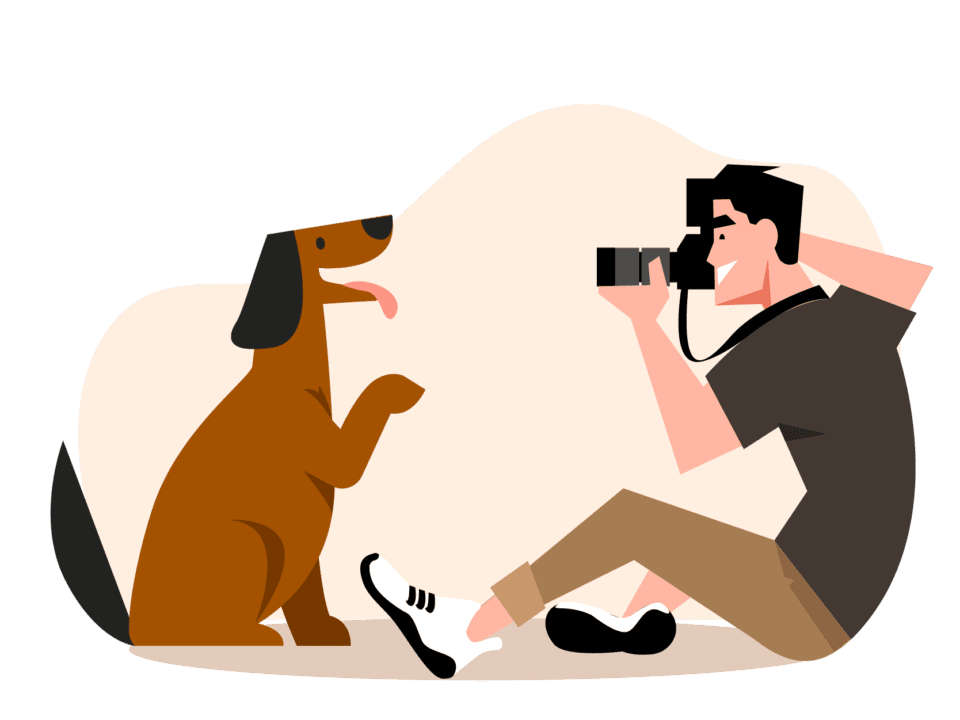
Whenever I think of a useful photography tip, I always write it down for later. Most of them are forgettable, but some are so helpful that I try to tell them to as many photographers as possible. This article contains 21 of the best. These bite-sized photography tips are easy to understand, covering everything from beginner camera technique to creativity and composition. If you’re learning photography, these should be especially helpful for you along the way.

عندما أفكر في نصيحة مفيدة للتصوير الفوتوغرافي، أكتبها دائمًا لوقت لاحق. معظمها قابل للنسيان، لكن بعضها مفيد للغاية لدرجة أنني أحاول إخبارها لأكبر عدد ممكن من المصورين. تحتوي هذه المقالة على 21 من الأفضل. من السهل فهم نصائح التصوير الفوتوغرافي الصغيرة هذه، حيث تغطي كل شيء بدءًا من تقنية الكاميرا للمبتدئين وحتى الإبداع والتكوين. إذا كنت تتعلم التصوير الفوتوغرافي، فيجب أن تكون هذه مفيدة لك بشكل خاص على طول الطريق.
23 Photography Tips for Beginners in 2023

Whenever I think of a useful photography tip, I always write it down for later. Most of them are forgettable, but some are so helpful that I try to tell them to as many photographers as possible. This article contains 21 of the best. These bite-sized photography tips are easy to understand, covering everything from beginner camera technique to creativity and composition. If you’re learning photography, these should be especially helpful for you along the way.

عندما أفكر في نصيحة مفيدة للتصوير الفوتوغرافي، أكتبها دائمًا لوقت لاحق. معظمها قابل للنسيان، لكن بعضها مفيد للغاية لدرجة أنني أحاول إخبارها لأكبر عدد ممكن من المصورين. تحتوي هذه المقالة على 21 من الأفضل. من السهل فهم نصائح التصوير الفوتوغرافي الصغيرة هذه، حيث تغطي كل شيء بدءًا من تقنية الكاميرا للمبتدئين وحتى الإبداع والتكوين. إذا كنت تتعلم التصوير الفوتوغرافي، فيجب أن تكون هذه مفيدة لك بشكل خاص على طول الطريق.

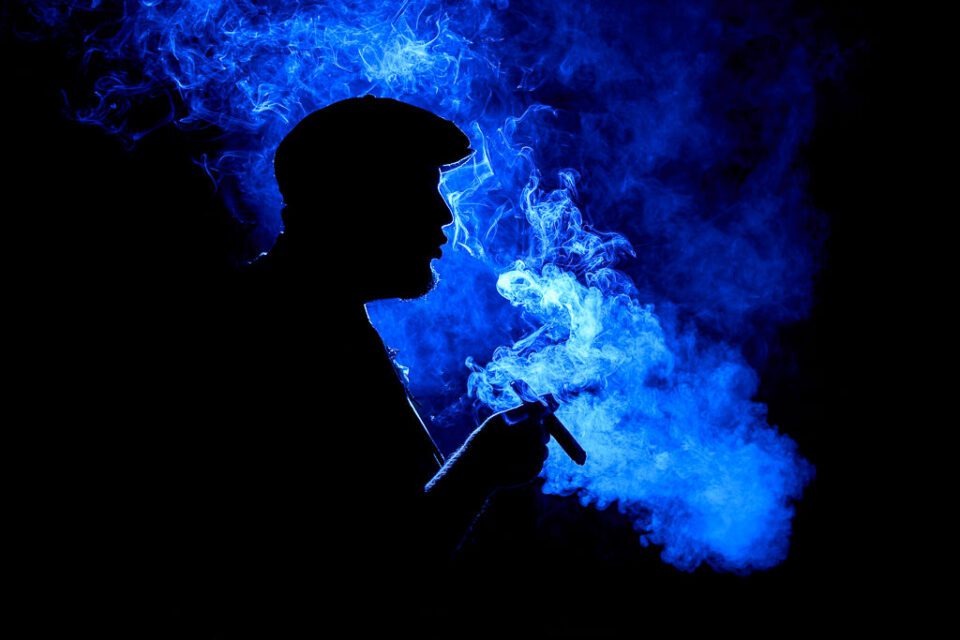
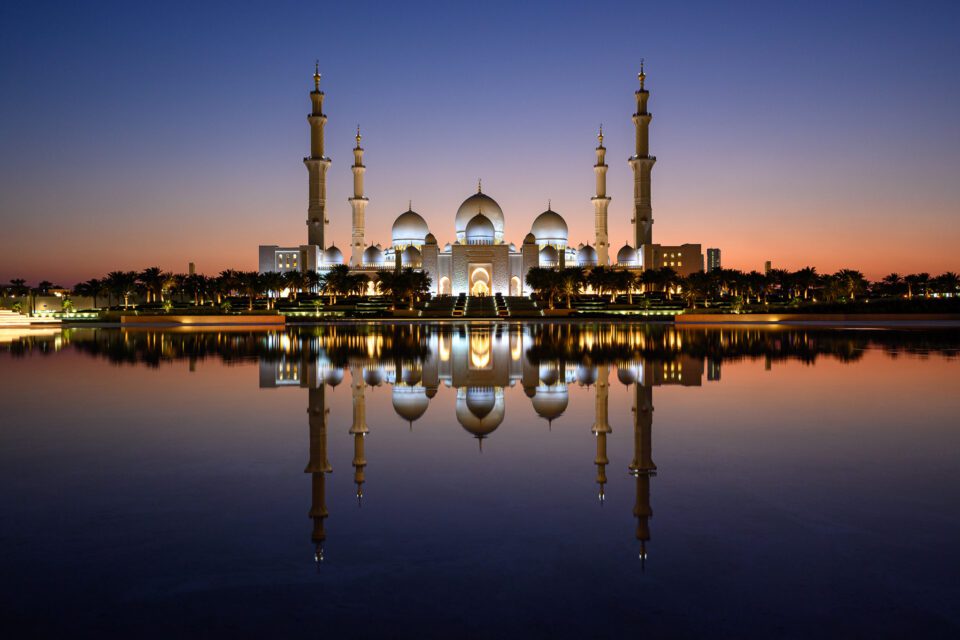
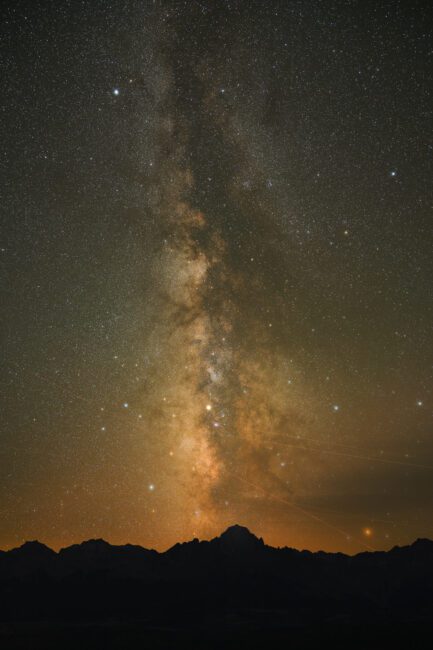
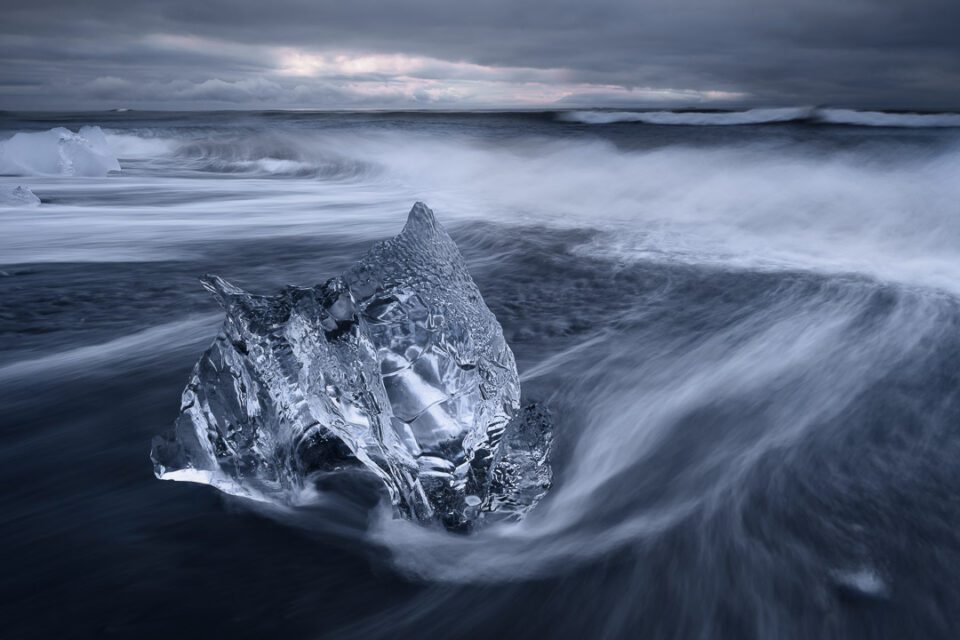
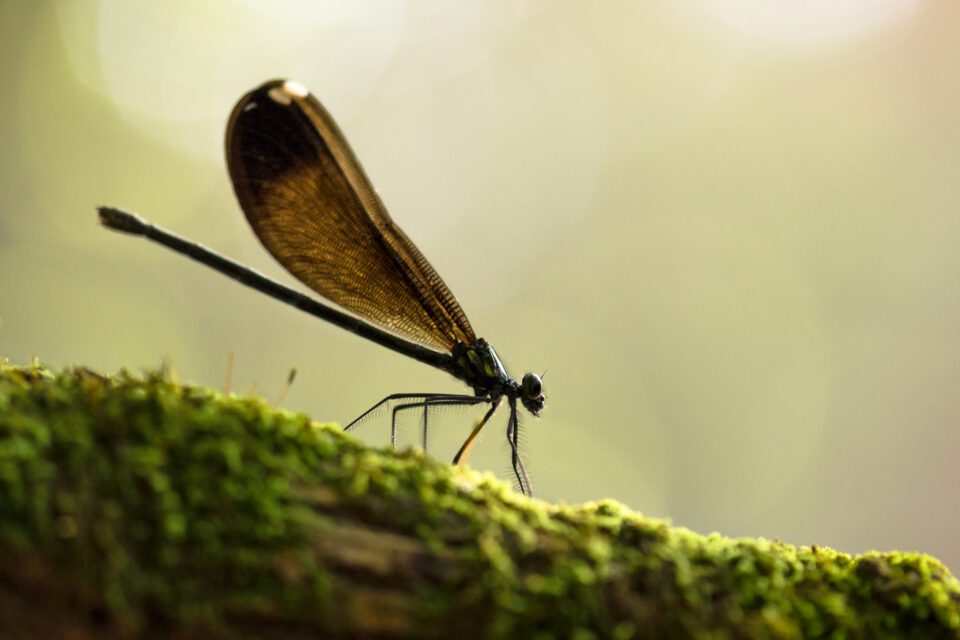
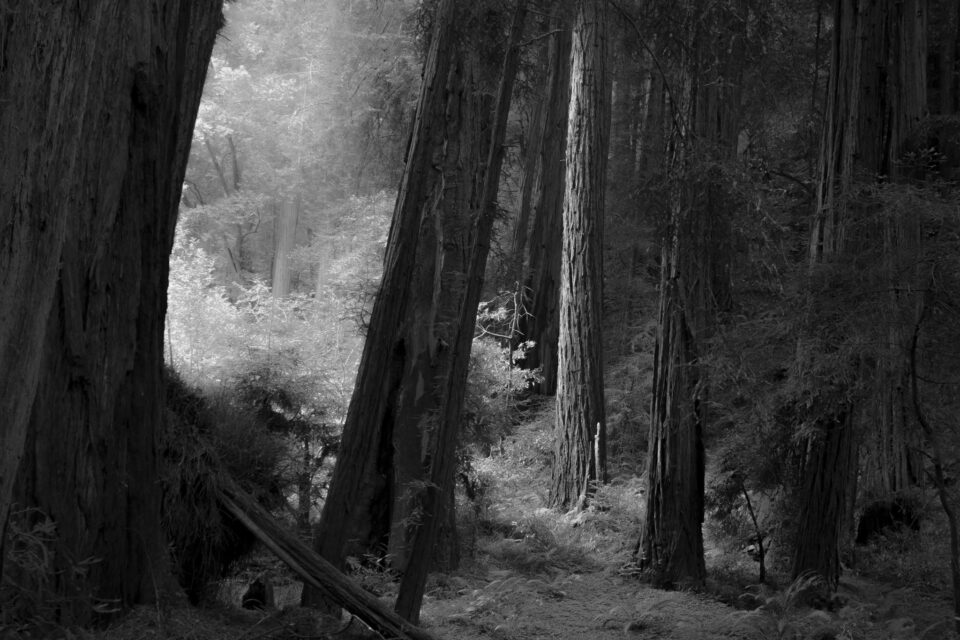
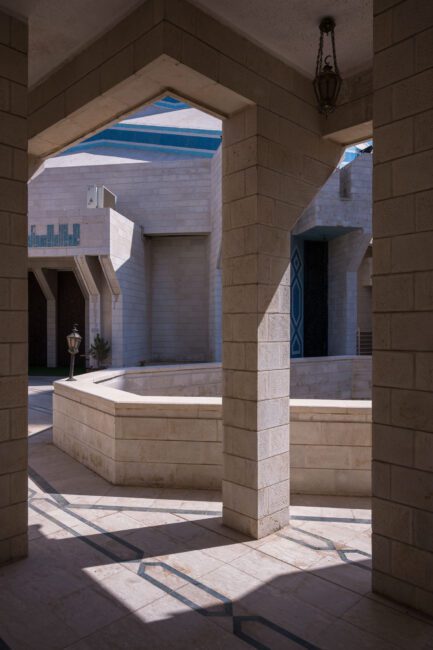
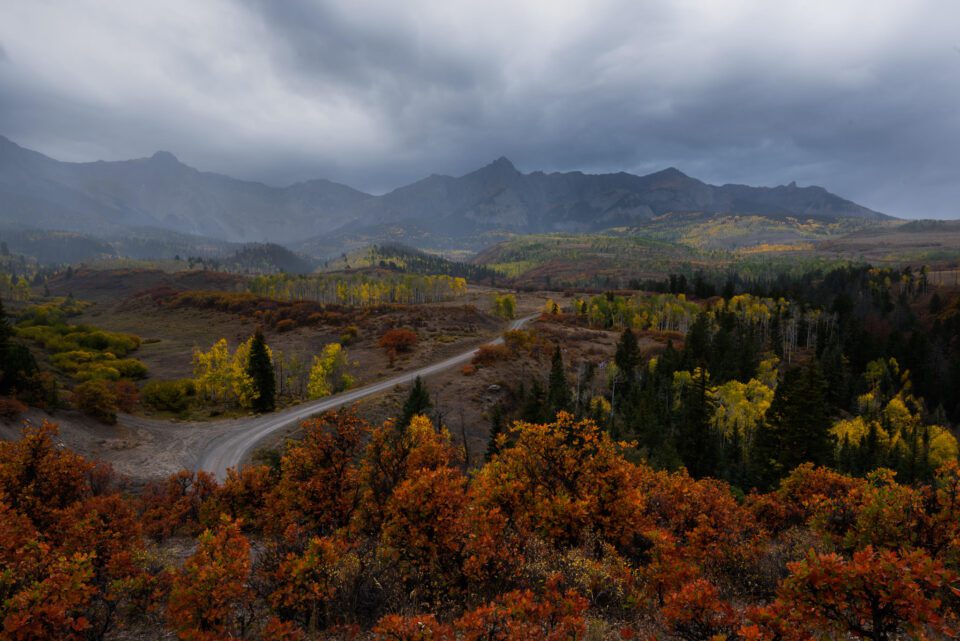
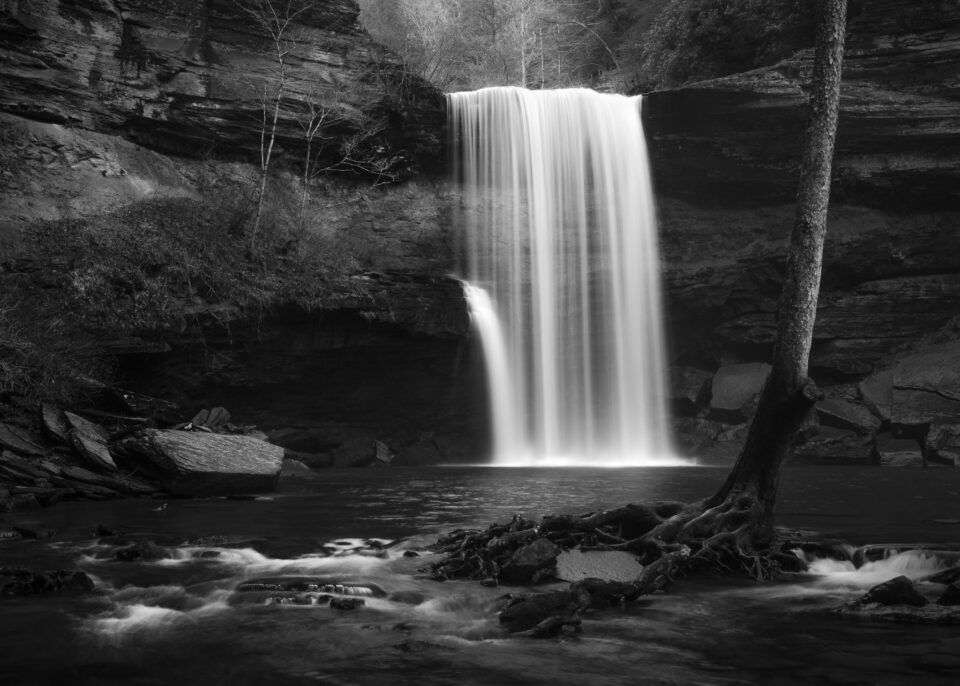
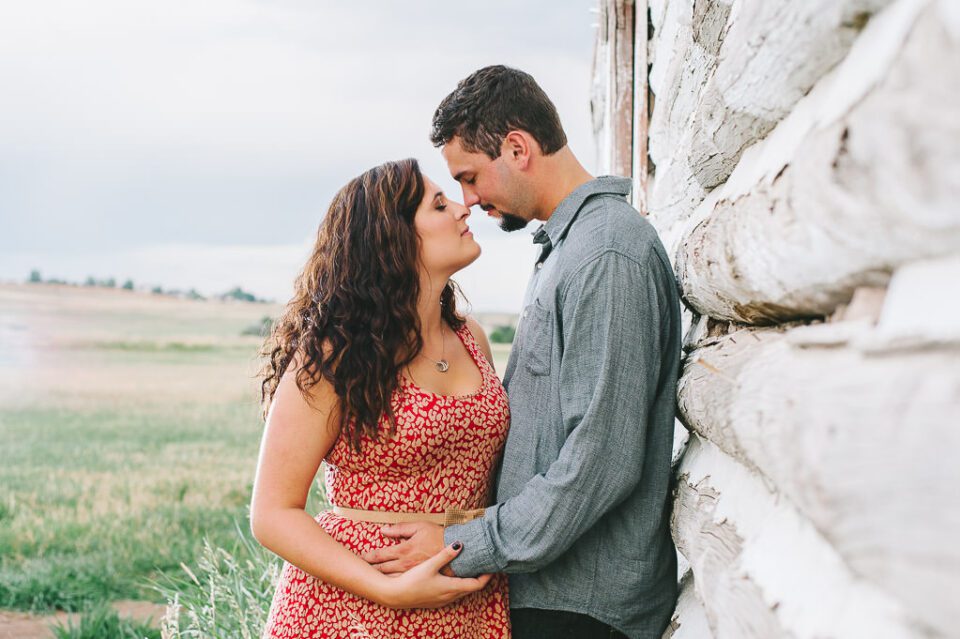
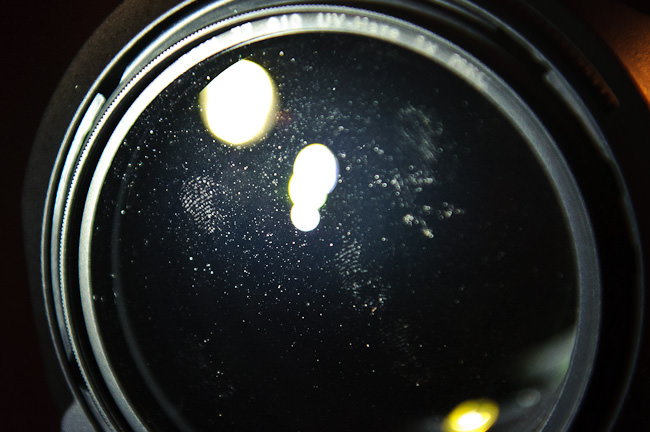
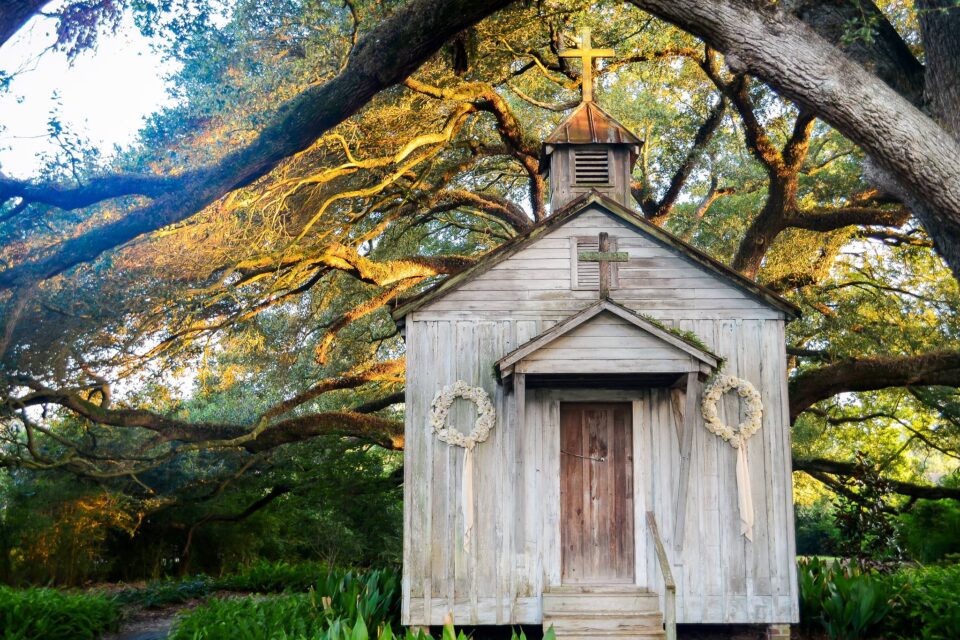
تعليق